Article: Weight Lifting Straps - Your Beginner Guide
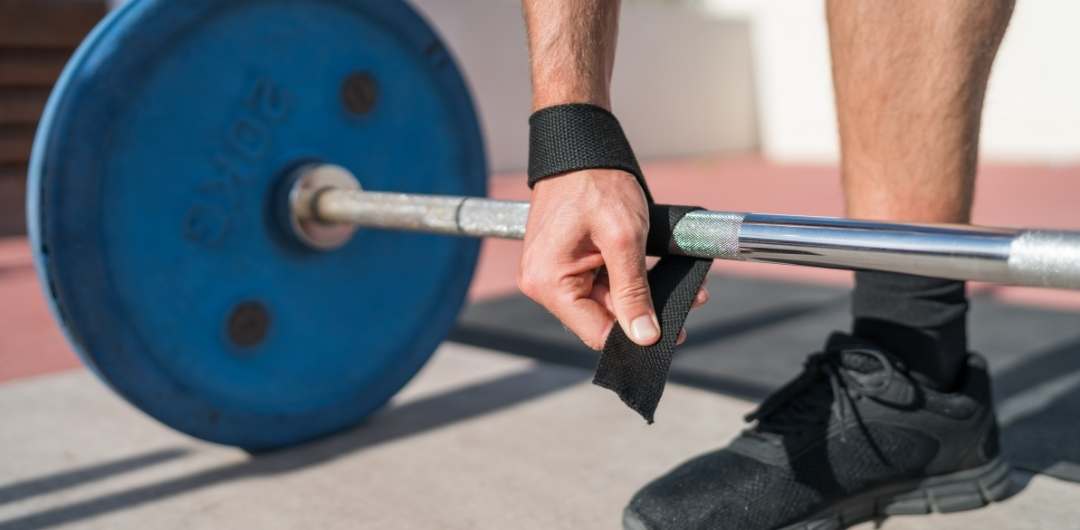
Weight Lifting Straps - Your Beginner Guide
Have you ever seen someone in the gym lifting weights with straps? Maybe you've even wondered if you should be using lifting straps yourself. If you're new to the world of weightlifting, it can be tough to know what equipment you actually need - and lifting straps are definitely not a necessity.
However, they can be a helpful tool if you're looking to lift heavier weights or improve your form. In this beginner's guide, we'll cover everything you need to know about lifting straps, including how to use them and when to ditch them. So whether you're a lifting newbie or a seasoned pro, read on to find out everything you need to know about weightlifting straps!
What is a Weight Lifting Strap?
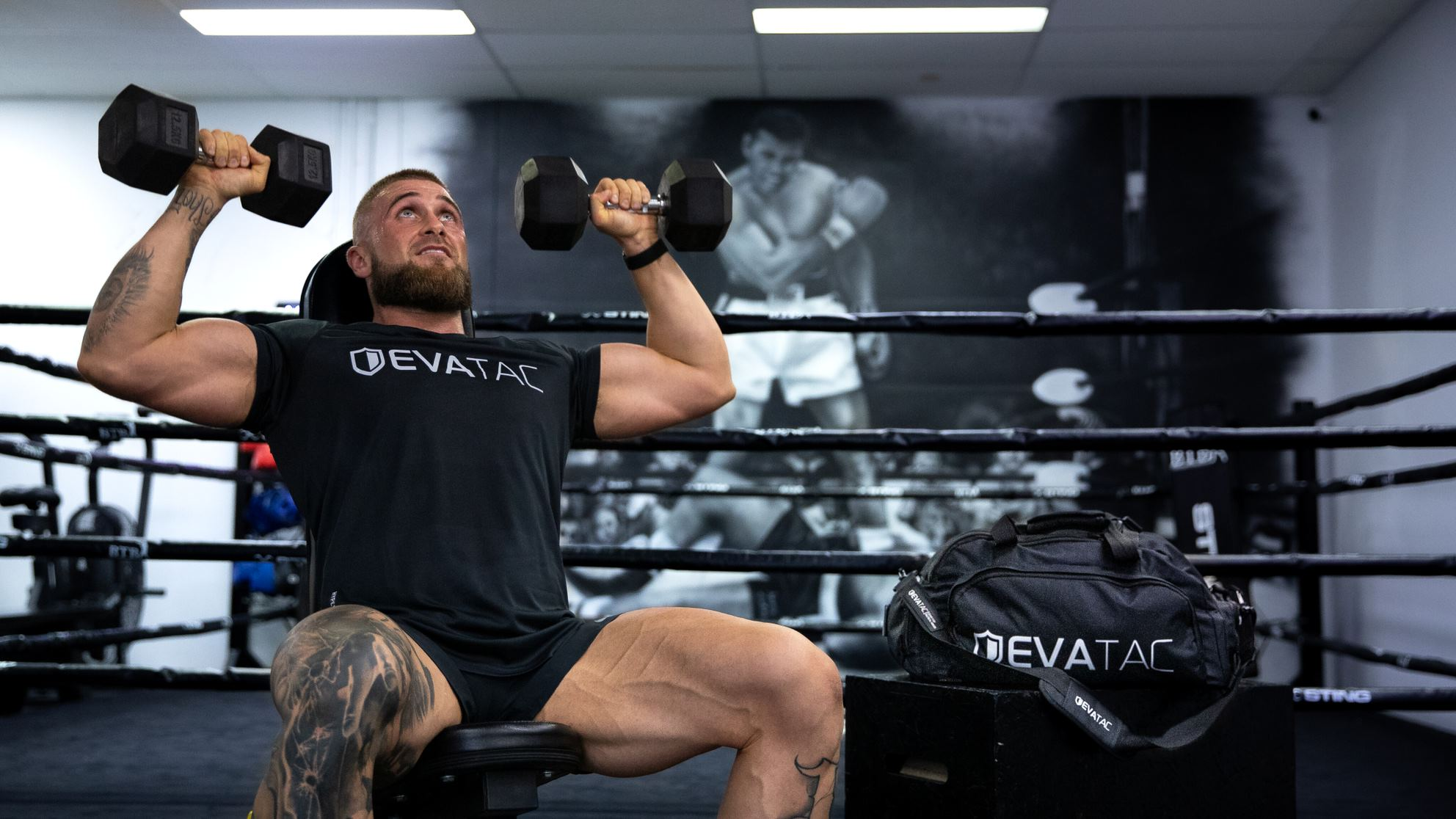
Lifting straps are an essential tool for any weightlifter looking to increase their lifting capacity. These leather straps are looped around the barbell and extend over the shoulder, providing extra stability and grip on the bar.
As a result, lifters are able to lift heavier weights without fear of losing their grip. In addition, lifting straps are also helpful for preventing injuries to the hands and wrists. The straps distribute the weight more evenly across the body, taking pressure off of the joints. For these reasons, lifting straps are an essential piece of equipment for any serious weightlifter.
Are Straps Good for Lifting?
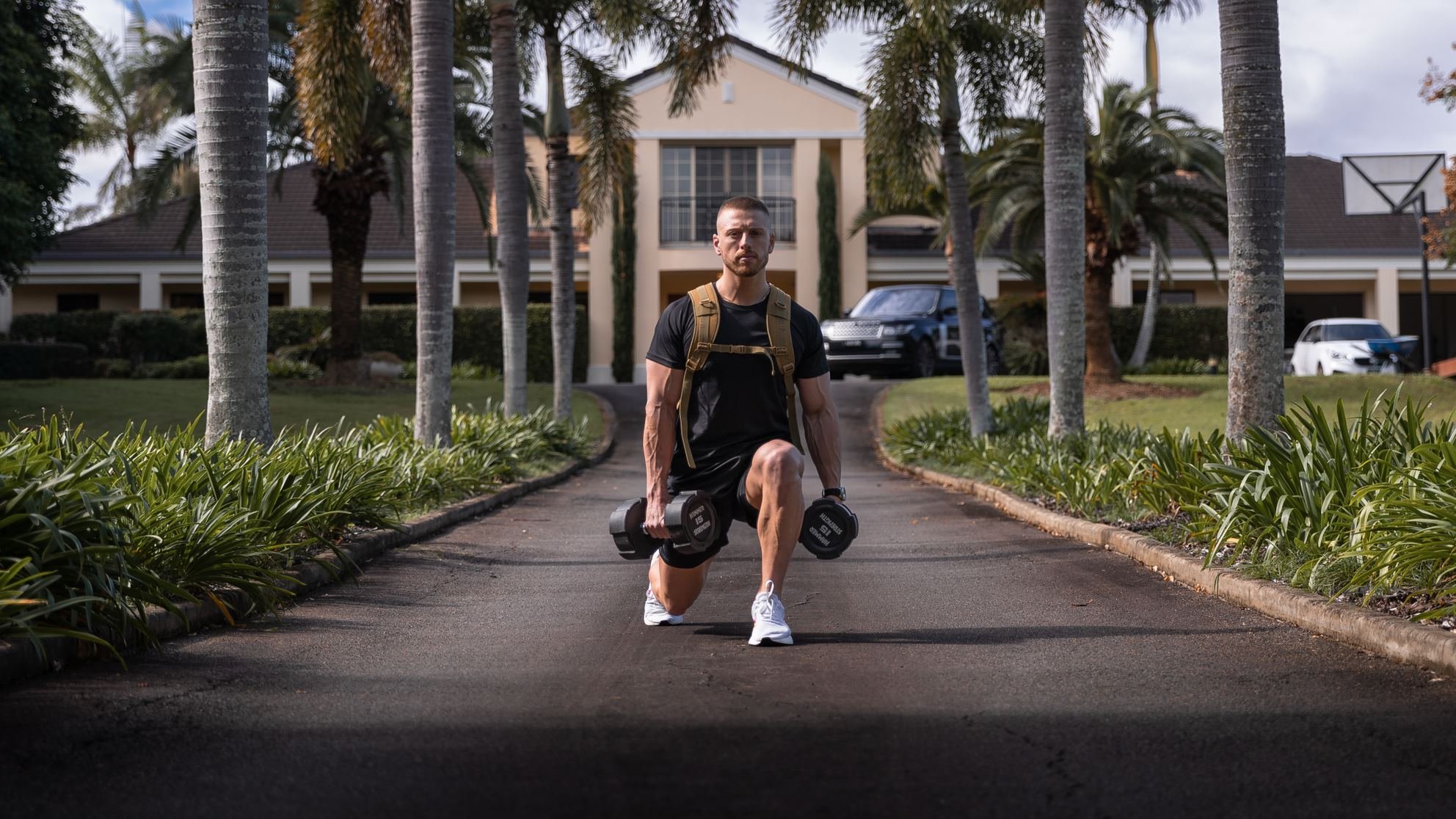
Lifting straps are designed to help you grip the weight better so you can focus on lifting the weight rather than gripping it. Some people believe that lifting straps take the work away from your grip and allow you to focus on other muscles, but this isn't necessarily true. Your grip will still be engaged when lifting with straps, but it can help you to lift more weight overall. If your straps are too loose, they can slip and cause you to drop the weight; too tight, they can cut off circulation to your hands.
Finding the right balance is key to using lifting straps effectively. Wrist straps are another type of strap that can be used for lifting. These straps go around your wrists and help to stabilize your hands on the bar.
They can be especially helpful if you're struggling with grip strength or if you have joint pain in your wrists. Wrist straps can help to improve your lifting form and prevent imbalances in your muscles. If you're new to lifting, it's a good idea to start without any type of strap and gradually add them in as needed. This will give you a chance to get used to the feeling of lifting without any aids.
Using lifting straps correctly can help you to lift more weight and improve your form, but they're not a replacement for good old-fashioned hard work. With a little practice, you'll be using them like a pro in no time!
What Are the Different Types of Weightlifting Straps?
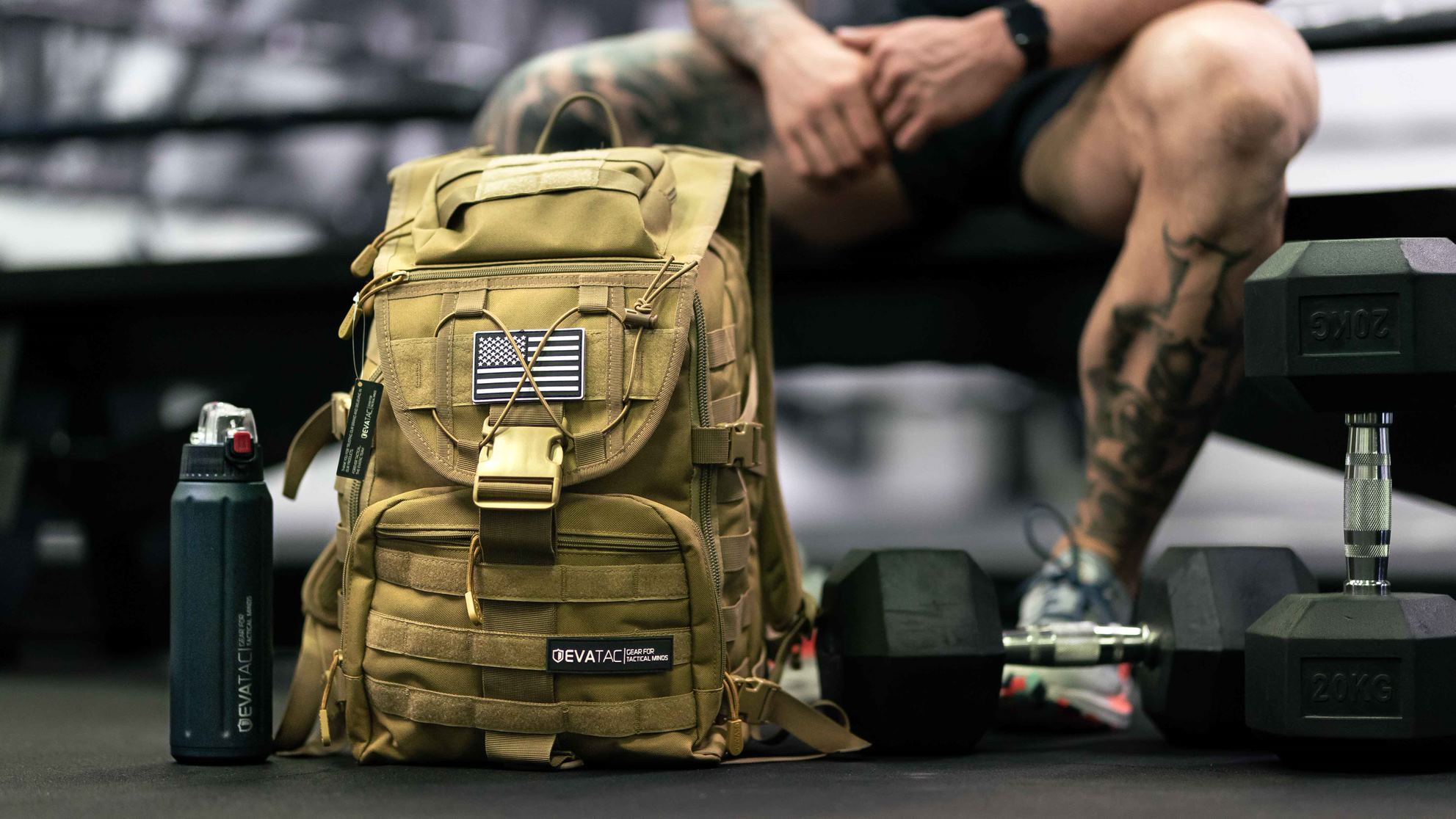
If you're new to lifting, you may be wondering what lifting straps are and how to use them. Lifting straps are essentially lengths of fabric or leather that you loop around a barbell, dumbbell, or other pieces of equipment. The straps help you to grip the weight more securely, which can be especially helpful if you're lifting heavier weights. There are three main types of lifting straps. Take a look at what they are below.
Closed Loop Lifting Straps
If you're serious about lifting weights, you've probably considered using closed-loop lifting straps. Also called weightlifting straps or wrist straps, these devices can help you lift more weight with less risk of injury. But how do they work?
Lifting straps are typically made of nylon or other sturdy synthetic material. They typically have a loop at one end that fits around your wrist, and a second loop that goes around the barbell, dumbbell, or other weight. The loops are connected by a section of material that runs between them.
When you use lifting straps, you'll wrap the strap around your wrist and then hold on to the bar with both hands. As you lift the weight, the strap will take on some of the strain, making it easier for you to hold on to the bar. This can be especially helpful when lifting heavier weights or performing exercises like pull-ups and chin-ups.
Lifting straps can be a great tool for serious lifters, but it's important to use them correctly. Make sure you wrap the strap tightly around your wrist and don't let go of the bar until you're safely lowered back down again. With proper use, lifting straps can help you lift more weight and build stronger muscles.
Lasso Lifting Straps
There are many different types of lifting straps available on the market, but one of the most popular is the lasso strap. Lasso straps have a wrist loop that attaches around your wrist, and then a piece that wraps around the barbell. This design makes them very versatile and effective for both casual lifting and pushing past personal records.
In addition, lasso straps are relatively inexpensive and easy to find, which makes them a great option for beginner and experienced lifters alike. So if you're looking for a lifting strap that can do it all, be sure to check out lasso straps!
Figure Eight Lifting Straps
If you're looking for a lifting strap that will keep your wrists secure while lifting heavy weights, then figure-eight lifting straps are a great option. These straps loop around your wrist and then go under the barbell before wrapping around your wrist again. This design provides a lot of stability and security, making them ideal for heavy-lifting sessions.
However, because they can only be wrapped around the bar once, they're not as versatile as other types of lifting straps. Nonetheless, if you're looking for a lifting strap that will offer maximum support for your wrists, then figure-eight lifting straps are a great choice.
Closed Loop vs Lasso vs Figure Eight: How to Choose the Right Lifting Straps?
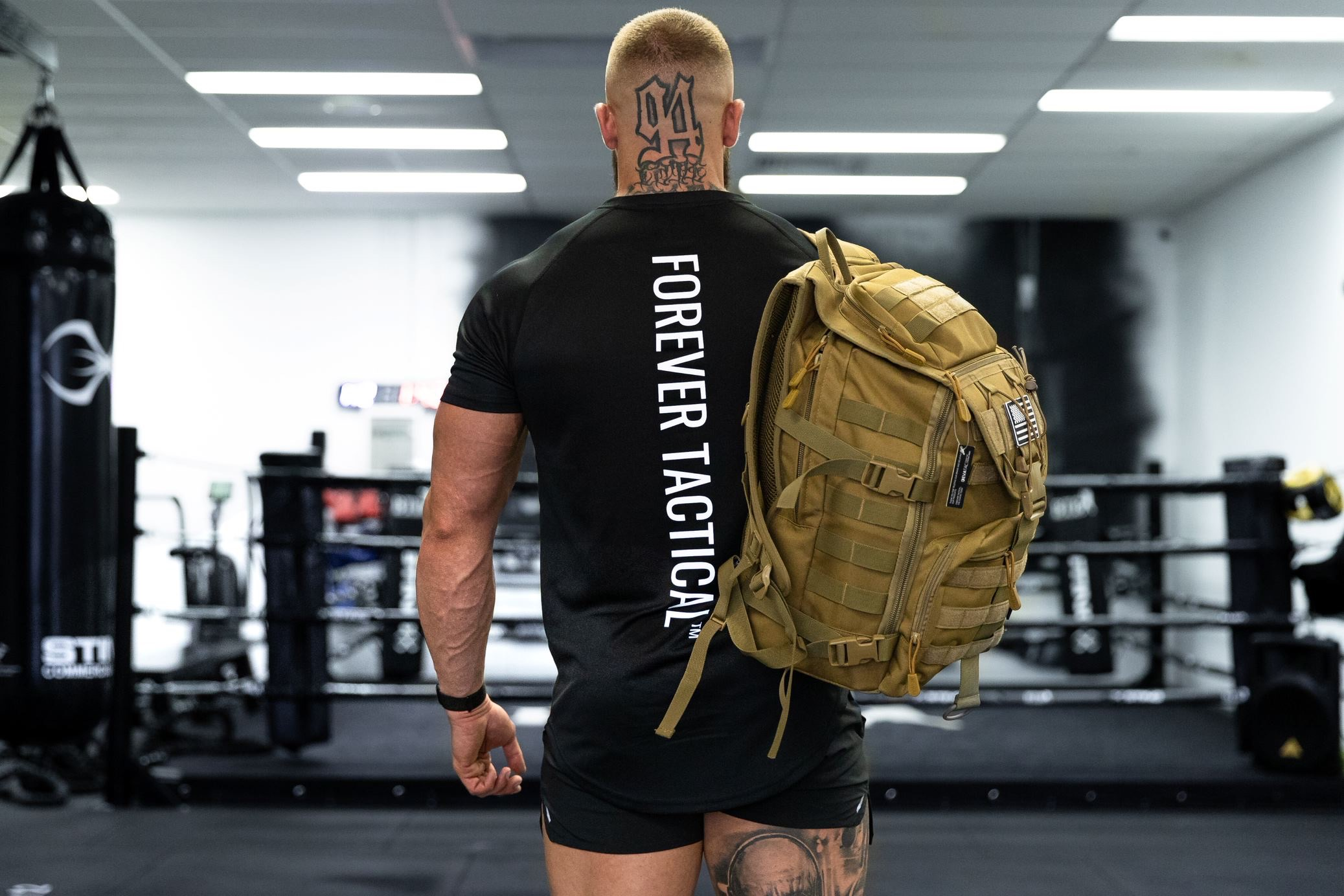
If you're serious about lifting weights, then you know that lifting straps are a must-have. But with so many different kinds on the market, how do you know which ones are right for you?
The three most popular types of lifting straps are closed loop, lasso, and figure eight. Each has its own advantages and disadvantages, so it's important to choose the right one for your particular lifting needs.
Closed loop lifting straps are the most versatile and can be used for a variety of exercises, from barbell rows to shoulder presses. They're also very durable, so you can rest assured that they'll last through even the heaviest workouts. The downside is that they can be a bit more difficult to put on and take off than other types of lifting straps.
Lasso lifting straps are ideal for exercises that involve a lot of wrist movement, such as curls or pull-ups. They're also easy to put on and take off, which makes them a good choice for beginners. However, they're not as durable as closed-loop straps and may not withstand heavy lifting.
Figure eight lifting straps offer the best of both worlds: they're durable like closed loop straps but easy to use like lasso straps. They're perfect for exercises that involve both wrists and ankles, such as squats or deadlifts. However, they can be more expensive than other types of lifting straps.
No matter which type of lifting strap you choose, make sure it's made of durable materials and is comfortable to wear. With so many options on the market, you're sure to find the perfect lifting strap for your needs!
Is Using Lifting Straps Cheating?
Lifting straps and wrist straps are common weightlifting accessories that are oftentimes used by weightlifters to help them complete lifting exercises. Some people argue that using lifting straps is cheating, while others believe that they can be helpful and improve lifting performance. Here, we'll examine both sides of the argument to help you decide whether or not using lifting straps is right for you.
Those who argue that using lifting straps is cheating often say that the accessory takes away from the challenge of the exercise. They believe that part of the weightlifting experience is learning how to grip the weight in your hands and keep it stable as you lift it. In their opinion, adding lifting straps takes away from this challenge.
On the other hand, those who believe that lifting straps can be helpful say that they can improve lifting performance by allowing weightlifters to focus more on their form and less on their grip. They also argue that lifting straps can help prevent injuries by taking some of the strain off of the wrists and hands.
So, what's the verdict? Is using lifting straps cheating? There is no right or wrong answer to this question - it ultimately comes down to personal preference. If you feel like using lifting straps improves your lifting performance and helps you stay safe, then go ahead and use them. However, if you prefer to lift without any accessories, that's perfectly fine too!
When Should I Start Using Wrist Straps?
If you're lifting heavy weights on a regular basis, wrist straps can help you get more out of your workouts. Straps can be used on exercises like barbell rows and deadlifts to help you keep your grip despite the heavy weight. They can also be helpful on lifts like shrugs where you're trying to lift as much weight as possible.
So when should you start using lifting straps? Generally, it's a good idea to start using them when you're lifting weights that are close to your one-rep max. This is the point where your grip starts to fail and you can't complete the lift. Using straps can help you finish the lift and get even stronger.
Of course, not everyone will need to use straps all the time. If you have a strong grip, you may not need them at all. And if you're just lifting lighter weights, they may not be necessary either. But for serious lifters who are trying to push their limits, lifting straps can be a valuable tool.
Who Should Use Lifting Straps?
Any avid gym-goer or weightlifter will tell you that having a good set of lifting straps is essential to a successful workout. But who should use lifting straps, and when are they necessary?
Lifting straps are typically made from nylon and are designed to be durable and secure. They can be wrapped around both the barbell and the hands, providing extra support and stability when lifting heavy weights. For this reason, lifting straps are often used by bodybuilders and powerlifters who are trying to increase their strength and build muscle mass.
However, lifting straps are not just for professional athletes. Anytime you are lifts weights that are heavier than what you're used to, using lifting straps can help you stay safe and avoid injury. They can also be helpful if you have weak wrists or grip strength. If you're new to using lifting straps, start with lighter weights and work your way up. With practice, you'll be able to use them effectively during your workouts.
How to Use Weightlifting Straps
Weight lifting straps are an important tool for any weight lifter, whether you are just starting out or you are a seasoned pro. They help to keep the weight close to your body and prevent the bar from slipping out of your hands. They also help to distribute the weight evenly across your back and shoulders, which can prevent injuries.
There are a few things to keep in mind when using weight-lifting straps. First, make sure that the straps are made from a durable material like nylon. Second, be sure to secure the lifting straps tightly around your wrists. And finally, don't rely on the lifting straps to do all the work - focus on using good form and technique when lifting the weights. With these tips in mind, you will be able to use lifting straps effectively and safely.
The Bottom Line
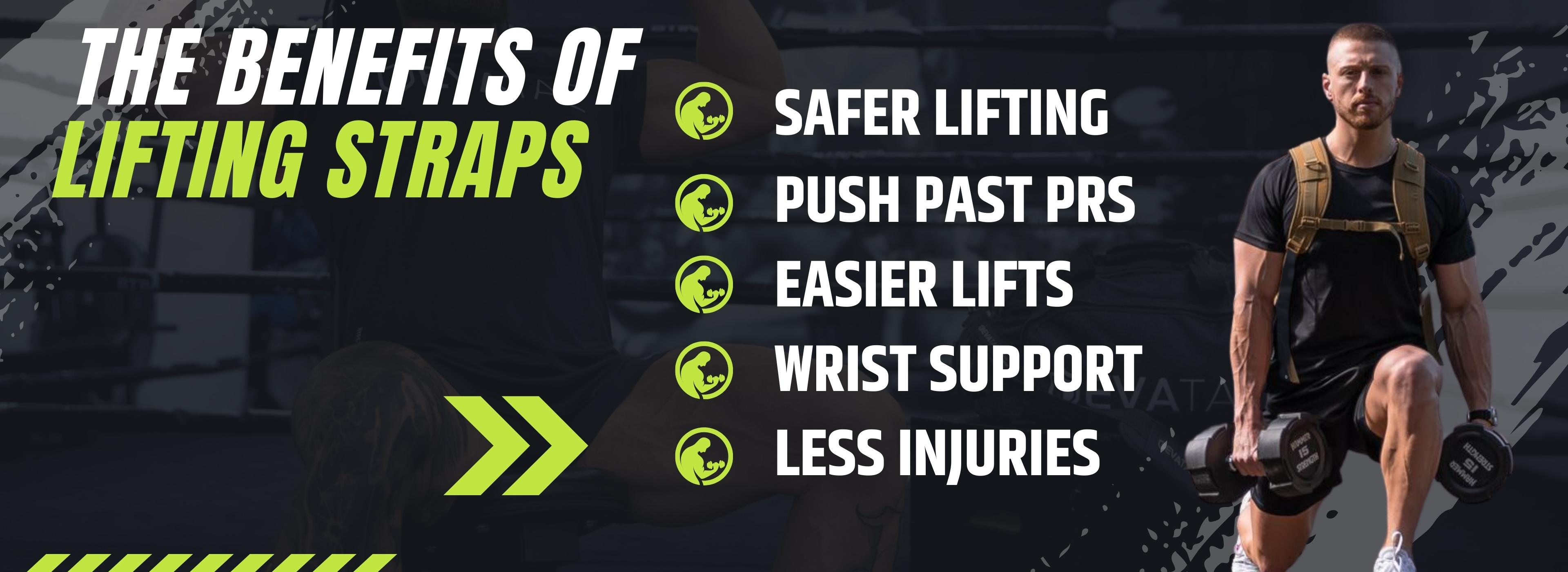
If you're just getting started lifting weights, you may not be familiar with lifting straps. lifting straps are a helpful tool that can make lifting weights easier and more comfortable. Weight lifting straps are made of durable materials like nylon and can be easily adjusted to fit your hands. They also provide extra grip and stability, which is especially helpful when lifting heavy weights.
If you're interested in using lifting straps, be sure to purchase a quality pair that is durable and easy to adjust. You'll also want to find a pair that is comfortable to wear and will stay securely in place while you lift. With the right lifting straps, you'll be able to enjoy a better lifting experience and reach your fitness goals more quickly.


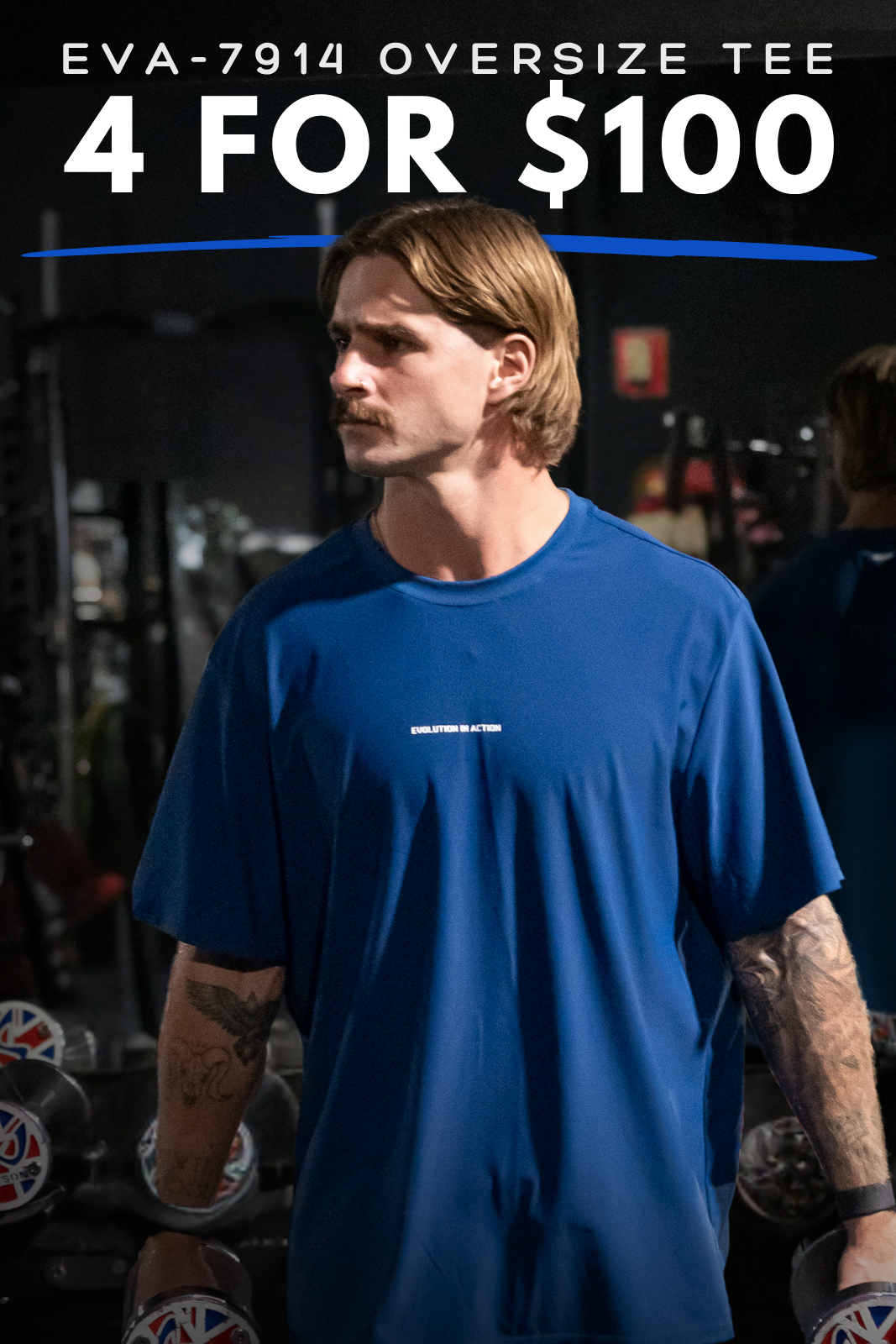



Leave a comment
This site is protected by hCaptcha and the hCaptcha Privacy Policy and Terms of Service apply.